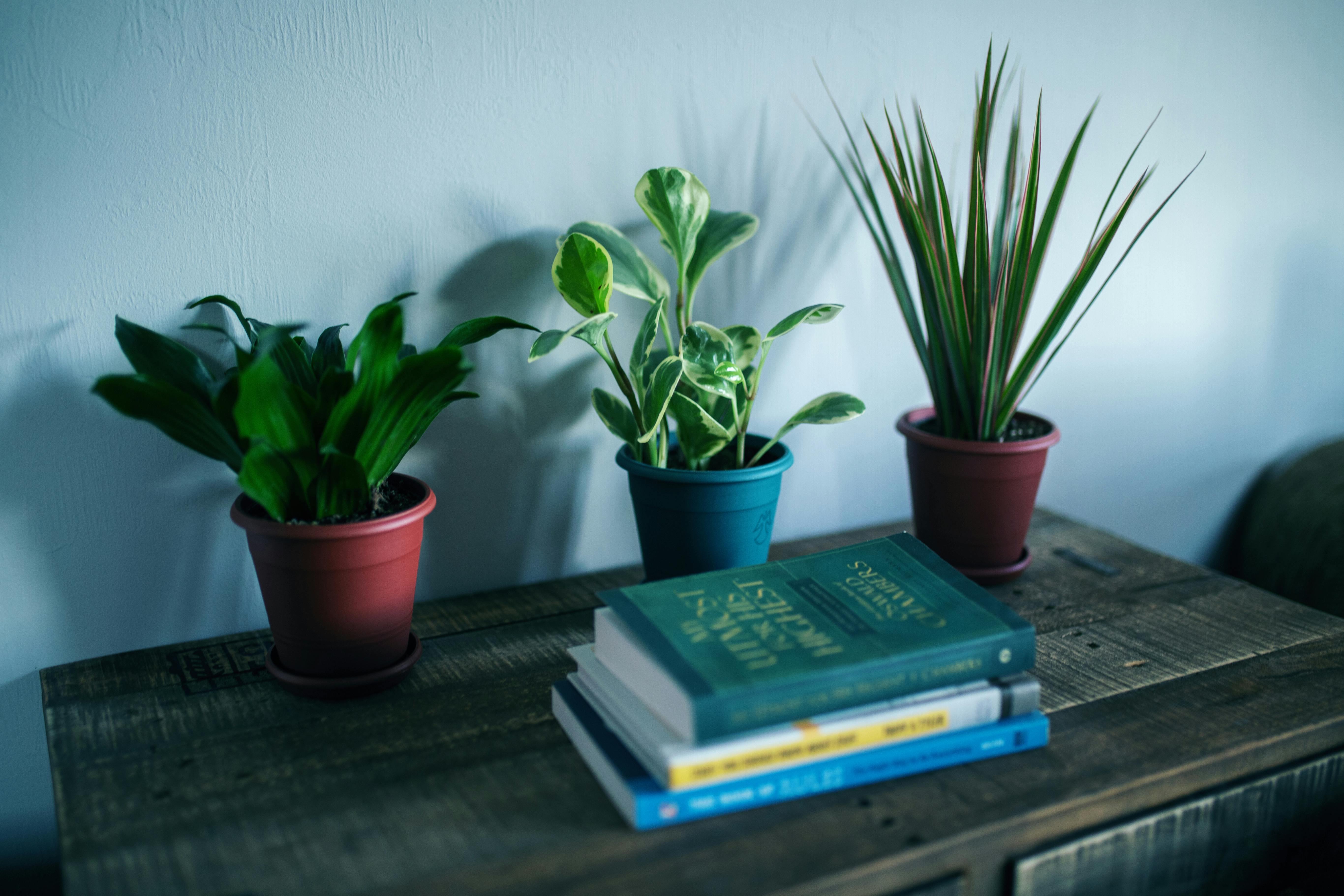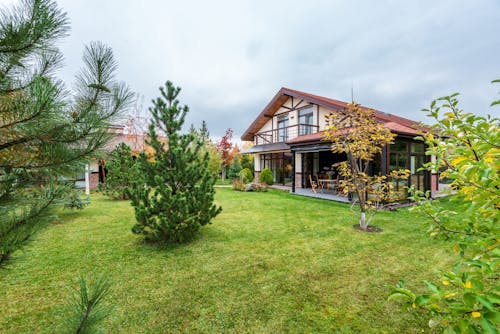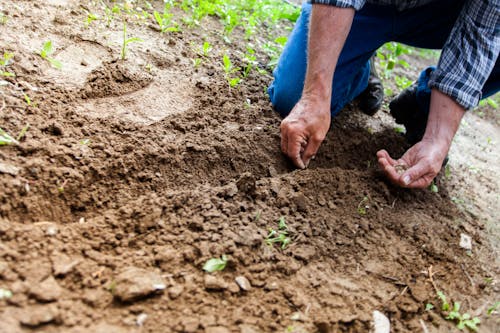The Ultimate Guide: How to Water Indoor Plants the Right Way?
Indoor plants bring life and beauty to any space, but proper watering is essential to keep them thriving. In this comprehensive guide, we’ll delve into the art of how to water indoor plants the right way, covering everything from frequency and technique to common mistakes to avoid. Whether you’re a seasoned plant parent or a novice enthusiast, these tips will help you nurture your indoor jungle with confidence.
Introduction
Watering indoor plants may seem simple, but it’s a crucial aspect of plant care that requires attention to detail. Understanding the unique needs of different plant species and adapting your watering routine accordingly is key to promoting healthy growth and preventing issues like overwatering or underwatering.
Understanding Your Plants’ Needs
Each indoor plant has specific requirements when it comes to watering, influenced by factors such as its species, size, potting medium, and environmental conditions. Before establishing a watering routine, take the time to research the individual needs of your plants and observe their behavior closely.
Signs of Overwatering and Underwatering
Recognizing the signs of overwatering and underwatering is essential for adjusting your watering schedule accordingly.
- Overwatering: Symptoms include yellowing leaves, wilting, root rot, and mold or fungus growth in the soil.
- Underwatering: Signs may include drooping leaves, dry and crispy foliage, slow growth, and soil pulling away from the pot’s edges.
Factors Influencing Watering Frequency

Several factors influence how often you should water your indoor plants:
- Plant Type: Different plant species have varying water requirements. Succulents and cacti, for example, prefer infrequent watering, while tropical plants may need more frequent hydration.
- Seasonal Changes: Adjust your watering schedule to account for seasonal changes in temperature, humidity, and light levels.
- Pot Size and Material: Plants in smaller pots or porous containers may require more frequent watering than those in larger, moisture-retentive pots.
- Environmental Conditions: Factors like indoor heating, air conditioning, and air circulation can affect the rate of water evaporation from the soil.
Techniques for Watering Indoor Plants
Bottom Watering
Bottom watering involves placing the plant’s pot in a shallow container of water and allowing it to absorb moisture from the bottom up. This method helps prevent overwatering by allowing the plant to take up only the water it needs.
Watering Can or Hose
Using a watering can or hose with a gentle flow, water the soil around the base of the plant until it starts to drain out of the bottom. Avoid getting water on the foliage, as this can lead to fungal diseases and sunburn.
Moisture Meters
Moisture meters are handy tools for determining when to water your plants. Insert the probe into the soil to gauge its moisture level and water accordingly.
Self-Watering Systems
Self-watering pots or systems provide a reservoir of water that gradually releases moisture to the plant’s roots as needed. These systems are ideal for busy plant owners or those who are prone to overwatering.
How to Water Indoor Plants the Right Way?
To water indoor plants effectively, follow these guidelines:
- Check Soil Moisture: Before watering, check the soil moisture level by inserting your finger into the soil up to the first knuckle. If it feels dry, it’s time to water.
- Water Thoroughly: Ensure thorough watering by moistening the entire root ball until water drains out of the bottom of the pot.
- Avoid Overwatering: Allow excess water to drain away to prevent waterlogged soil and root rot.
- Observe Plant Behavior: Pay attention to your plant’s response to watering and adjust your routine accordingly based on its needs.
- Establish a Schedule: Develop a consistent watering schedule based on your plant’s requirements, environmental conditions, and seasonal changes.
Conclusion
Mastering the art of watering indoor plants is essential for maintaining their health and beauty. By understanding your plants’ individual needs, observing their behavior, and implementing proper watering techniques, you can create an optimal environment for growth and ensure your indoor jungle thrives for years to come.
FAQs
- How Often Should I Water My Indoor Plants? The frequency of watering depends on factors like plant type, pot size, and environmental conditions. Check the soil moisture level on a regular basis and water when dry.
- Can I use tap water for watering indoor plants? Tap water is generally suitable for most indoor plants, but it may contain chemicals like chlorine or fluoride that can harm sensitive plants. Allow tap water to sit for 24 hours to allow these chemicals to dissipate.
- Should I water indoor plants from the top or bottom? Both top- and bottom-watering can be effective, depending on the plant’s preferences and your watering technique. Bottom-watering is generally preferred for plants prone to root rot or those with delicate foliage.
- What’s the Best Time of Day to Water Indoor Plants? Watering in the morning is ideal, as it allows plants to absorb moisture before the heat of the day. Avoid watering in the evening, as excess moisture can promote fungal diseases.
- Can I use rainwater for watering indoor plants? Rainwater is an excellent natural source of hydration for indoor plants, as it’s free of chemicals and rich in nutrients. Collect rainwater in a clean container and use it to water your plants when needed.
- Should I mist my indoor plants? Misting can help increase humidity around indoor plants, especially during dry winter months or in centrally heated homes. However, avoid misting plants with hairy leaves or those susceptible to fungal diseases.



